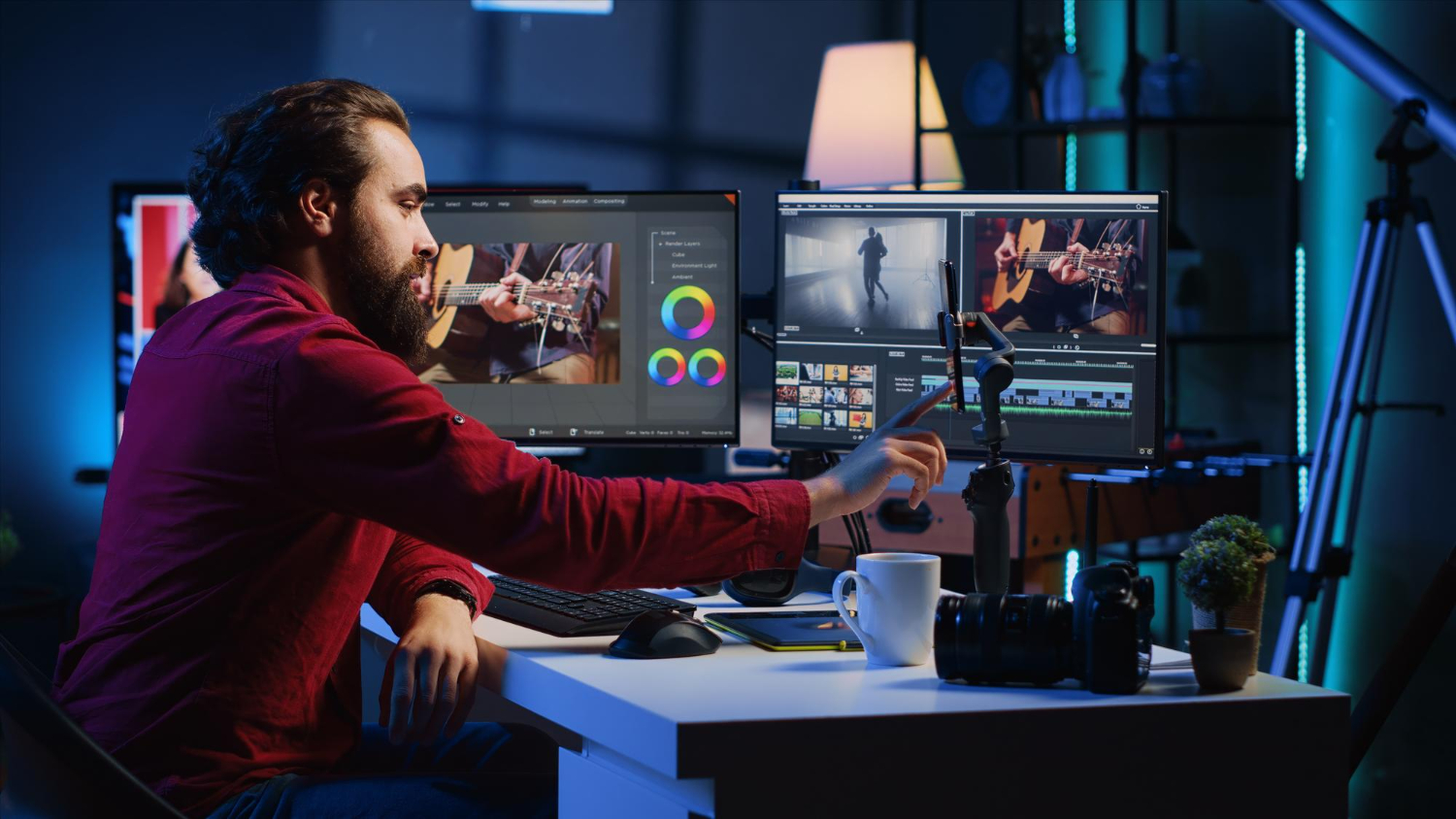How Motion Design Boosts Engagement Online


In today’s fast-paced digital world, capturing attention online is harder than ever. With endless scrolling and constant notifications, static content often gets overlooked. This is where motion design comes in—bringing visuals to life and boosting engagement through animation, transitions, and interactive elements.
Human brains are wired to notice movement. Motion design takes advantage of this by making ads, websites, and social media content more eye-catching. A subtle animation or smooth transition can stop users from scrolling past and encourage them to engage.
Motion design allows brands to tell stories more effectively. Animated graphics, infographics, and micro-interactions help explain complex ideas in seconds. This makes content not only more engaging but also easier to understand and remember.
Small details—like animated buttons, hover effects, and transitions—improve how users interact with websites and apps. These motion-driven elements create a smoother and more enjoyable digital experience, keeping visitors engaged longer.
Motion design gives brands a chance to express personality. Playful animations, bold transitions, or sleek micro-interactions can reflect a brand’s tone and style, making it stand out in a crowded digital space.
Engagement isn’t just about keeping attention—it’s also about driving action. Animated call-to-action buttons, explainer videos, and product demos created with motion design can guide users toward clicks, sign-ups, and purchases more effectively than static visuals.
Motion design is no longer just a creative trend—it’s a powerful tool for brands looking to capture attention and connect with audiences online. By combining design with movement, businesses can tell better stories, improve user experiences, and boost engagement across digital platforms.